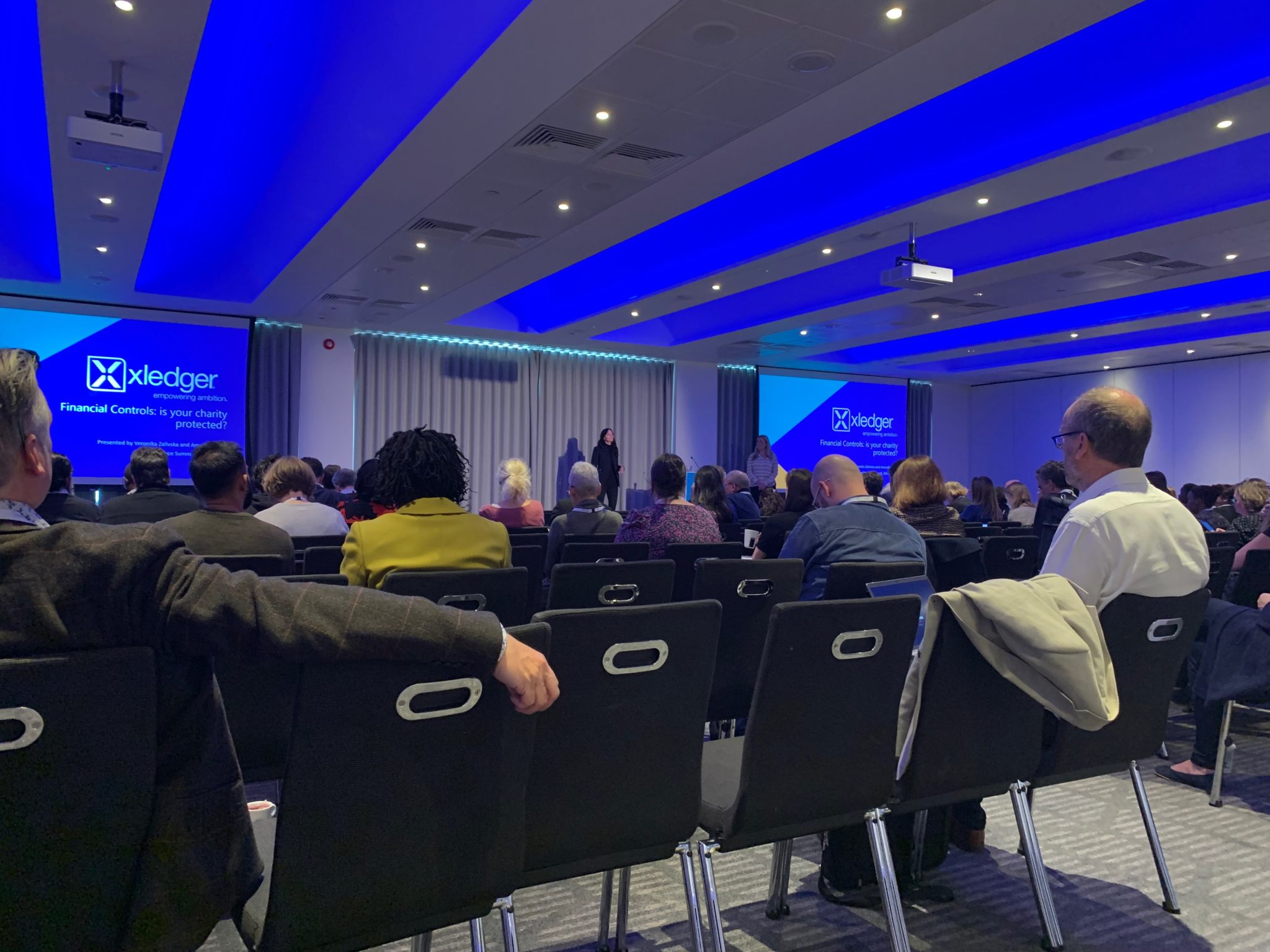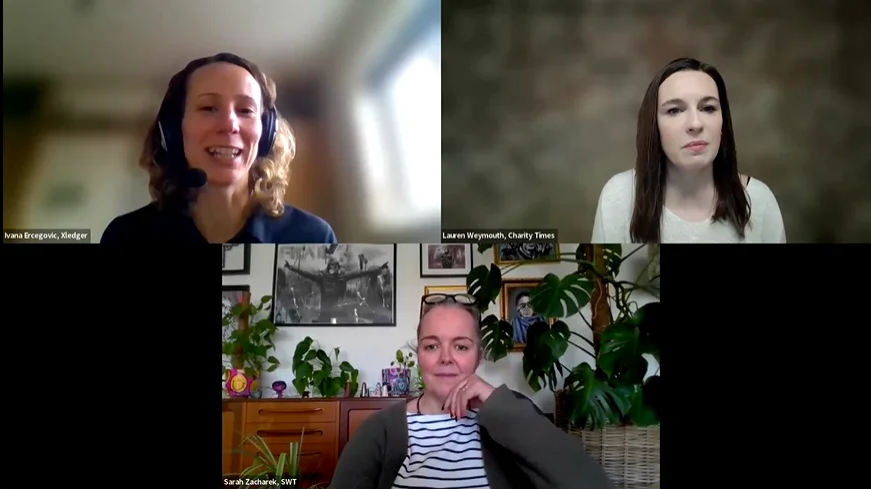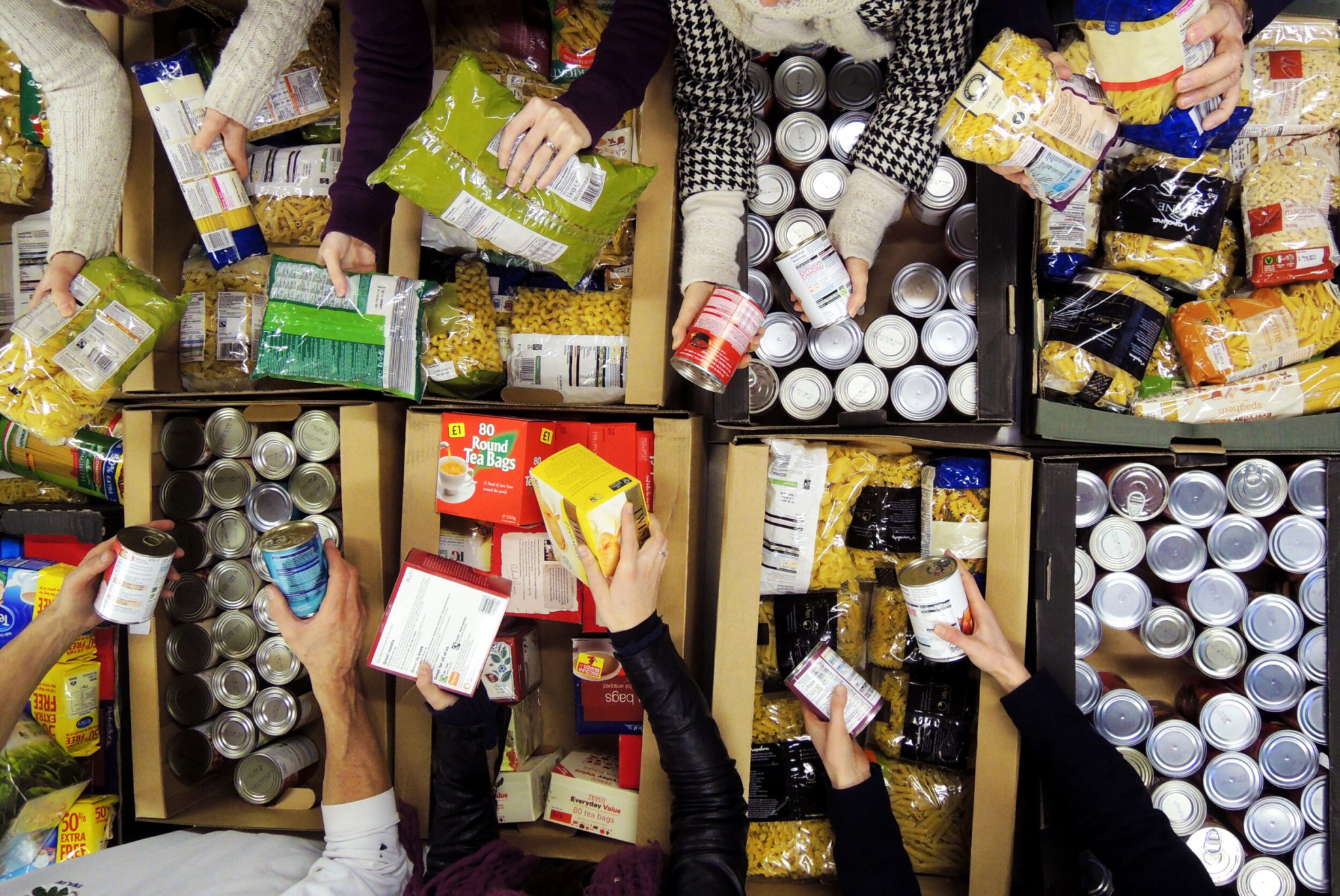How to protect your organisation
Thankfully, these examples are avoidable. Here are some key pillars to consider:
Security through having the right tools: These tools don’t need to be state-of-the-art, but they do ensure accountability is tracked. For example, each individual is linked directly to their user profile. This is bespoke to them and can’t be shared with others.
Segregation of duties: The same person should never be able to create and approve payments. Even without a big finance team, there should be at least one other person who can approve (they could be outside the finance function if, for example, there is only one finance manager). Modern tools nowadays have mobile applications that make it very easy to implement for those users who are not necessarily tech-savvy.
Full traceability: An understanding of who did what, when. This protects the individual as well as the organisation. If anything happens, you can find out in seconds.
Roles: Ensuring that people only have access to what they need to do. Strict roles and responsibilities are assigned to the tool they’re using and the action they need to take. This can then be managed in a secure way.
People: Following from above, having the right people in the right role, knowing what they can and can’t do, will mean accountability is much more streamlined.
Trust and culture: While we’ve talked a lot about the downfalls of trust, it is, of course, very important to have! Trust is important for an organisation’s culture, and could be a reason why people leave or stay with a company. It means: “I trust my colleague to question me if they’re not sure” and to question others, regardless of their role in the company, be it FD to trustee, to assistant. When employees feel comfortable questioning, it means fraud and mistakes are much less likely to happen. Therefore, an open and honest culture should be encouraged.
Key takeout: When things go wrong, it can feel very personal. If a charity ceases to exist, the impact is huge. Not just on the employees, but the community, the donors, and most importantly the recipients of the charity’s service. By putting the right controls in place, you are protecting your staff, your organisation, and the end users of your service.









